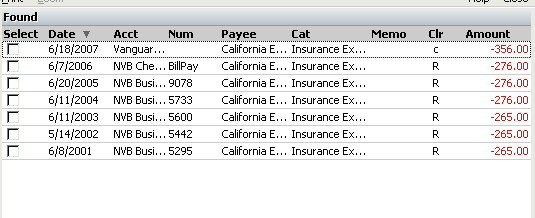WanderALot
Full time employment: Posting here.
- Joined
- Sep 10, 2004
- Messages
- 607
Well, it's that time again. My renewal for earthquake insurance came in the mail and I'm debating whether to renew it or not to bother. The premium is pretty low, about $400/yr, but the deductible is in the order of 15-20%. Here's some more info and my thought process in making the decision:
1. Less than 20% of Californian homeowners carry earthquake insurance
2. Apart from a quasi-state earthquake organization (California Earthquake Authority), there's only one company, GeoVera that offers it. They seem to be strong financially, but in the case of the big-one, who knows?!
3. I hear that most earthquake damage is going to be below the deductible since most of the value is in the land.
4. Some people seem to be relying on FEMA to bail them out if the big one hits. Even ignoring the Katrina debacle, this doesn't seem wise.
5. Our loan-to-value is about 22%, so we're pretty close to paying off the house (give or take 5 yrs).
6. There is a school of thought that says that the insurers have figured out where the major damage would be after an earthquake since everyone knows where the faults are.
I believe I asked this same question a few years back and ended up renewing it mostly out of default. Any advice is greatly appreciated!
Any advice is greatly appreciated!
1. Less than 20% of Californian homeowners carry earthquake insurance
2. Apart from a quasi-state earthquake organization (California Earthquake Authority), there's only one company, GeoVera that offers it. They seem to be strong financially, but in the case of the big-one, who knows?!
3. I hear that most earthquake damage is going to be below the deductible since most of the value is in the land.
4. Some people seem to be relying on FEMA to bail them out if the big one hits. Even ignoring the Katrina debacle, this doesn't seem wise.
5. Our loan-to-value is about 22%, so we're pretty close to paying off the house (give or take 5 yrs).
6. There is a school of thought that says that the insurers have figured out where the major damage would be after an earthquake since everyone knows where the faults are.
I believe I asked this same question a few years back and ended up renewing it mostly out of default.

